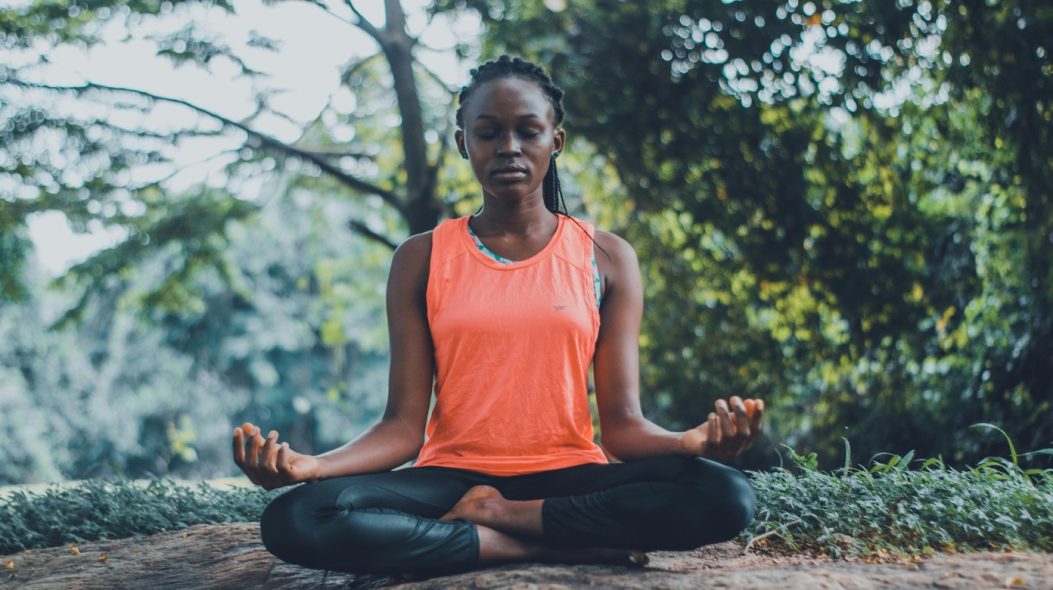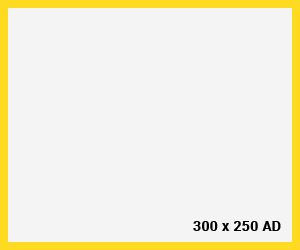For years, I struggled with anxiety. It wasn’t the kind of occasional worry or stress that everyone experiences; it was constant, ever-present, and often overwhelming. The weight of it affected almost every aspect of my life—my work, my relationships, and my overall sense of well-being. Over time, I sought various treatments: therapy, medication, and lifestyle changes. While some methods provided temporary relief, none seemed to offer lasting results. Anxiety continued to rear its head, often when I least expected it, leaving me feeling powerless.
A few months ago, in my search for something that might truly help, I came across meditation. I had read about its benefits for mental health, particularly for anxiety, stress, and emotional balance. Despite hearing glowing reviews from others, I was initially skeptical. Meditation seemed too simple—how could something as basic as sitting quietly and focusing on my breath make a significant impact on years of built-up anxiety? But I decided to commit to it, with an open mind and a willingness to try something new. I set the intention to practice meditation for at least 10 minutes each day, starting small but with a sense of determination.
The First Steps: Skepticism Meets Curiosity
I began with guided meditation sessions. I figured that having someone lead me through the process would help me focus, especially since my mind often races with anxious thoughts. I chose sessions that focused on mindfulness and breathing techniques, as they seemed to align with my need for grounding and calming my overactive mind.
The first few sessions were a mix of awkwardness and frustration. Sitting still for even a few minutes felt unnatural, and my thoughts kept wandering back to the anxious worries I was trying to escape. At first, I didn’t feel the profound effects I had hoped for. I often caught myself checking the time, wondering when it would be over. Despite my skepticism, I continued to practice every day, committing to the routine I had set for myself.
Early Shifts: Subtle but Noticeable Changes
After a couple of weeks of consistent meditation, I started noticing small, almost imperceptible changes. One of the first things I observed was a reduction in the constant tension I had been carrying in my shoulders. For as long as I could remember, I had held stress physically, and this manifested as tightness and discomfort in my neck and shoulders. But now, after meditating, I found that the tension wasn’t as overwhelming. I began to catch myself more often, pausing throughout the day to consciously relax my shoulders and release the stress that had been so persistent.
I also felt more mentally present. Prior to starting meditation, I would often ruminate over past events or worry about the future, unable to focus fully on the present moment. But with the practice of mindfulness meditation, I started to feel more connected to what was happening in the here and now. Conversations with friends and family became less clouded by anxiety, and I found myself enjoying interactions without constantly overthinking or anticipating the worst. There was a sense of calm that had begun to settle within me, which I hadn’t realized was missing for so long.
At this point, meditation was no longer just something I did for 10 minutes in the morning; it was beginning to feel like an essential part of my daily routine. I looked forward to my practice each day, not just for the mental health benefits, but because it had become a moment of peace amidst the chaos of daily life.
Building a Habit: The Power of Consistency
As meditation became more ingrained in my daily routine, I began to feel the compound effects of consistent practice. I made sure to meditate every morning, often as soon as I woke up, before the stresses of the day could take hold. The consistency was key—meditation wasn’t a quick fix, but a gradual process. With each session, I found that the ability to sit with my thoughts without becoming overwhelmed by them improved. I wasn’t as attached to the anxious feelings that used to consume me; instead, I observed them with a sense of detachment, as if I were a bystander rather than a participant in my own worries.
During this time, I also started incorporating journaling into my practice. Writing down my thoughts and emotions after meditation became a powerful tool for self-reflection. I’d often note any insights I had gained, how I felt physically and emotionally, and any progress I had made in managing my anxiety. Journaling allowed me to track my mental health in a tangible way, providing me with a clearer understanding of my triggers and the patterns that underpinned my anxiety. It also became an outlet for processing emotions I hadn’t fully acknowledged before, creating space for self-compassion and growth.
Deepening the Practice: Greater Awareness and Inner Peace
Several months into my daily meditation practice, I began to experience deeper moments of stillness and inner peace. I found that I could enter a meditative state more easily, and the clarity I gained during these moments carried over into my daily life. My ability to manage stress improved significantly—I was no longer overwhelmed by tasks or situations that would have once caused me anxiety. Instead of reacting impulsively, I found myself pausing, taking a deep breath, and responding with a calmness that surprised even me.
The benefits of meditation also extended beyond the mental and emotional realms. I began to notice a physical shift as well. My overall sense of well-being improved; I felt less fatigued, more energized, and more in tune with my body. The chronic tension in my muscles had greatly diminished, and I felt more centered. Meditation had become a form of self-care, nurturing not only my mind but also my body.
One of the most profound realizations I had during this time was the power of acceptance. Meditation taught me to accept my thoughts, emotions, and experiences without judgment. I learned that anxiety didn’t define me; it was simply a passing feeling. I no longer saw my anxious thoughts as something to be feared or pushed away, but as something to acknowledge and let go of. This shift in perspective was incredibly liberating, and it made a world of difference in my daily life.
5.The Ripple Effect: How Meditation Changed My Life
By the time meditation had become a cornerstone of my wellness routine, it had already transformed my life in subtle yet profound ways. The peace I had gained from my daily practice wasn’t just confined to those 10 minutes in the morning—it spilled over into my work, my relationships, and my overall outlook on life. I felt more patient with myself and others, more present in my interactions, and more resilient in the face of challenges.
Meditation had given me a tool to reclaim my mental health. It wasn’t a magic cure, and there were still days when I felt anxious or stressed, but I now had the ability to navigate those feelings with a sense of calm and control. Meditation had taught me that I didn’t have to be at the mercy of my emotions; I could observe them, understand them, and gently let them go.
Conclusion: A Lifelong Journey
Looking back on my journey with meditation, I can confidently say that it has been one of the most transformative practices I’ve ever committed to. The initial skepticism I had felt has long since faded, replaced by deep gratitude for the sense of calm and clarity it has brought into my life. Meditation has not only helped me manage anxiety but also provided me with a greater sense of self-awareness and inner peace.
As I continue to meditate daily, I know that this is not a destination but a lifelong journey. There will always be ups and downs, moments of doubt and stress, but I now have the tools to navigate them with grace and resilience. Meditation has given me the gift of presence, and in that presence, I have found a sense of balance and well-being that I had once thought was impossible




